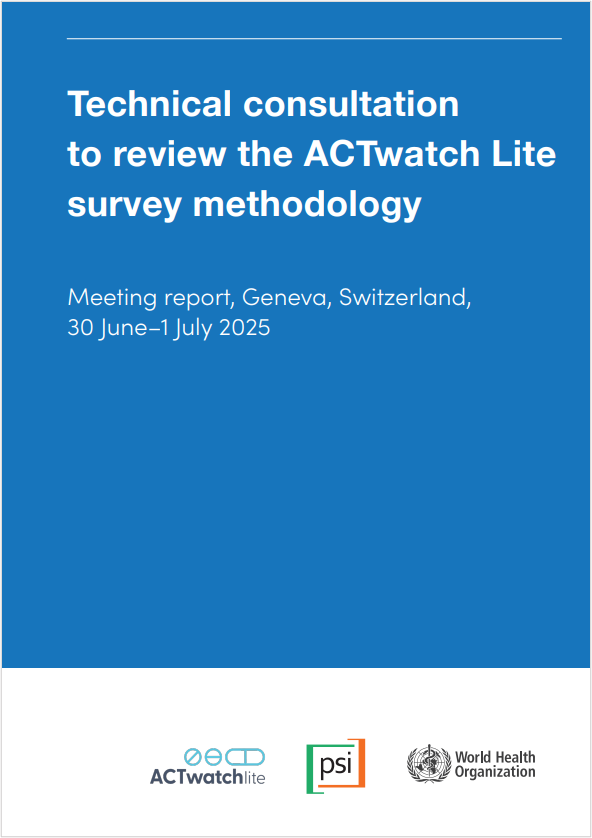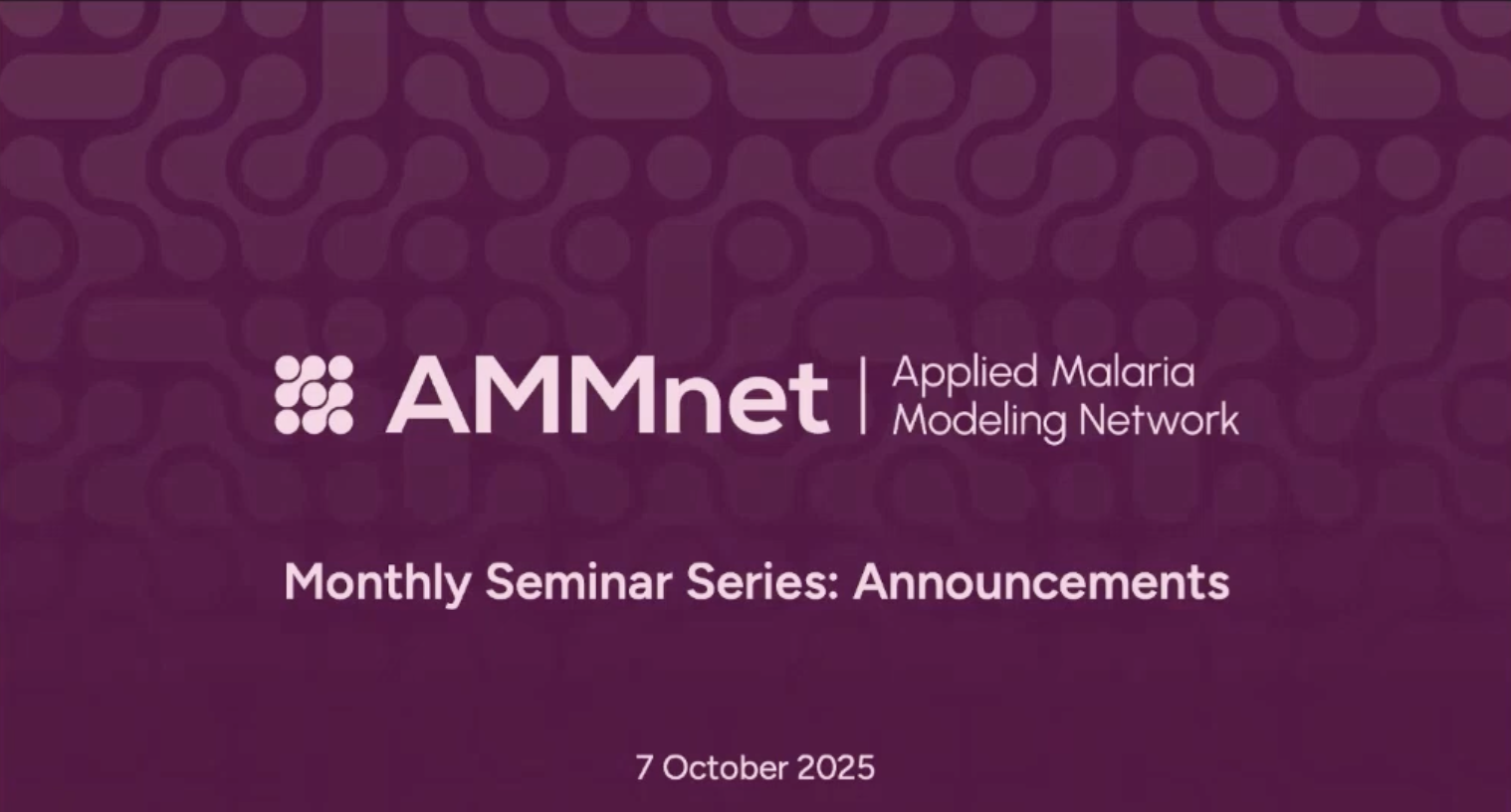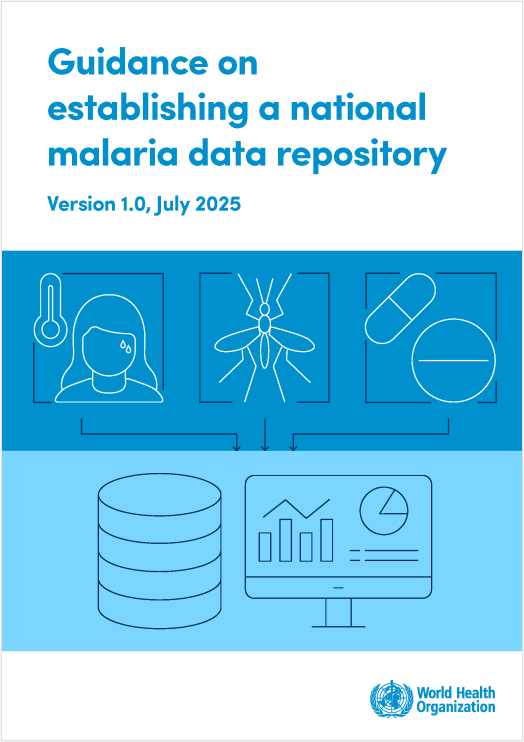Last Updated: 01/09/2025
Superspreaders and residual malaria in the main focus of urban transmission in Brazil
Objectives
*Original in Portueguese: Superdisseminadores e a malária residual no principal foco de transmissão urbana do Brasil
To examine the role of superspreading events in Mâncio Lima, the first objective is to estimate key parameters in malaria transmission dynamics: (i) the effective reproduction number (Rt), which is the average of Ri (individual reproduction numbers – 1 primary case generates n secondary cases) in the urban population of Mâncio Lima, and (ii) the dispersion parameter (k) of the negative binomial distribution, which describes the variation in Ri values.
The second objective is to identify correlates of increased individual infectivity, such as age, sex, parasite density, duration of infection, and place of residence.
Around 130,000 cases of malaria are reported in Brazil annually, 99.9% of them in the Amazon Basin. Despite control measures, Mâncio Lima has a high incidence and half of the cases are acquired in its urban area. The hypothesis is that residual transmission of malaria is sustained by a few high-risk people who are more likely to cause a large number of secondary infections. To generate realistic estimates, this project will use AmpliSeq genotyping of two polymorphic markers for Plasmodium vivax and two for P. falciparum. Identical lineages of parasites will define malaria transmission networks in this population suspected of malaria treated for 15 months. It is expected that 1,800 samples will be genotyped. Characterizing the transmission chain will allow malaria control programs to identify people who are most likely to be superspreaders and who can be targeted for more intense preventive measures. To this end, multivariate models will be used to identify covariates that are significantly associated with the number of secondary cases per primary case.
Mar 2024 — Sep 2027


